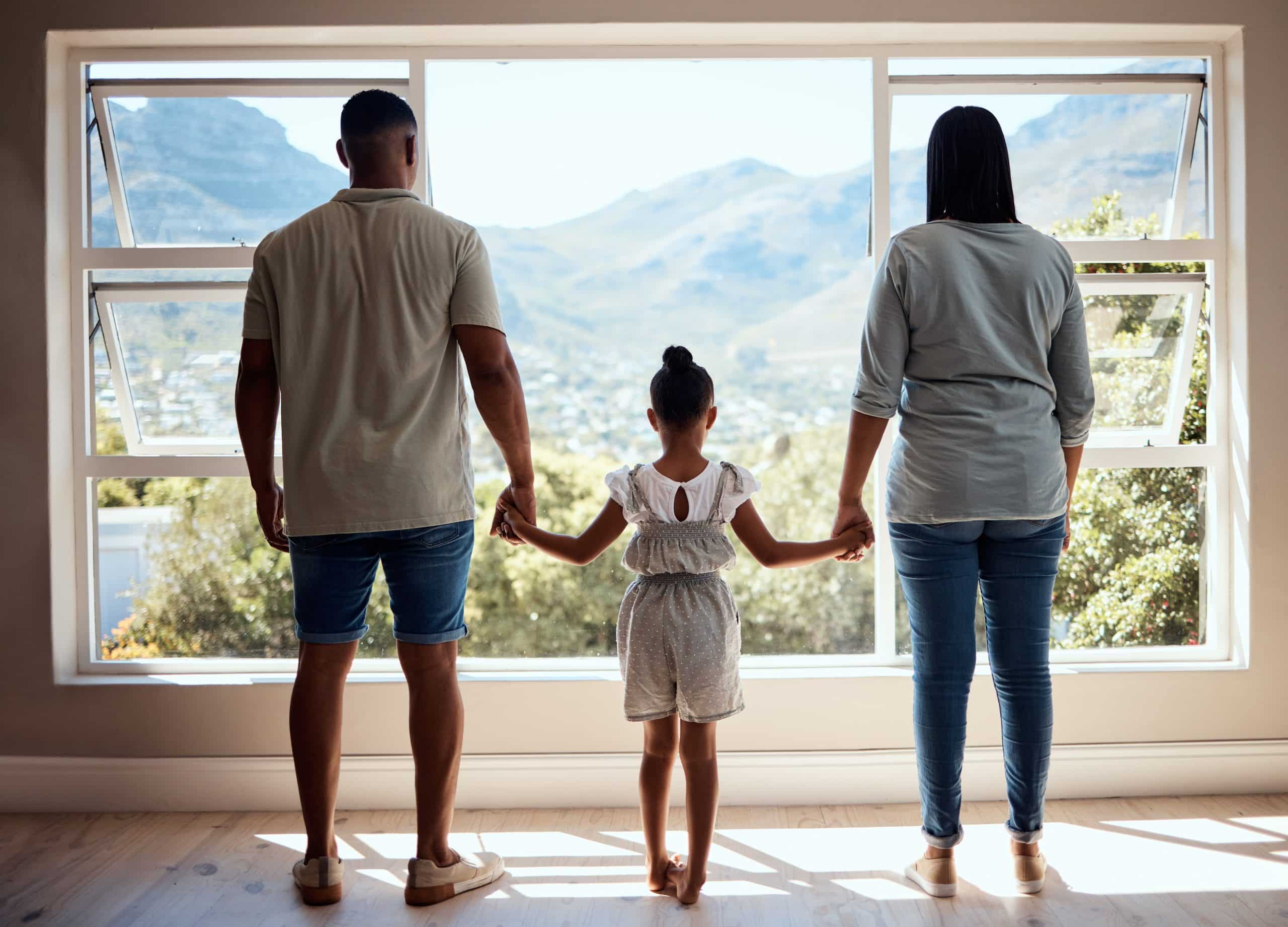Art is an important part of a child’s education. It encourages creativity, improves motor skills, and teaches critical thinking. But for all of its benefits, art can also be a messy and potentially hazardous activity, particularly in a studio environment. That’s why it’s important to make sure your art studio is a safe space for children. This article will help you create a children-friendly zone in your studio or classroom, ensuring your young students can work and learn in a nurturing, secure environment.
Making Art Materials Safe for Kids
Before young artists can start creating masterpieces, the first step is to review the art materials. Some materials can be harmful to children if not used correctly, especially those designed for professional artists.
In parallel : How Can You Optimize Storage in a Tiny Entryway with Clever Built-Ins?
Non-toxic is the keyword when it comes to art supplies for kids. Always check the labels before purchasing any paints, glues, or clay. Many art supply companies make products specifically for children, and these are always a safe bet.
Do not forget about the tools as well. Sharp objects like scissors need to be child-friendly, with blunt tips and small handles that are easy for little hands to grip. Similarly, brushes need to be of the right size, so children can hold them comfortably.
Also to discover : How to Construct a Durable Outdoor Dog Run with Weather-Resistant Materials?
Another important aspect to consider is storage. Materials should be stored in a safe place, out of reach of the youngest students, and only given out when it’s time to use them. This prevents kids from accessing materials without supervision, reducing the risk of accidents.
Designing a Child-Friendly Art Studio Space
After ensuring that the materials are safe, it’s time to examine the physical space of the studio. The layout and design of the room play a crucial role in maintaining a safe and engaging learning environment for kids.
The space needs to be open and clutter-free. This provides freedom for the children to move around, engage in group activities and also minimizes the chances of trips and falls.
Furniture should be child-sized, sturdy, and have rounded edges to prevent any injuries. The work tables must be of a height that children can comfortably reach, and the chairs need to be appropriate for their age and size.
The lighting in the studio needs to be bright and natural when possible. Good lighting minimizes the risk of accidents and helps maintain focus and interest in the art activities.
Creating Learning Centers in the Art Studio
Creating learning centers can also be an effective strategy in child-proofing an art studio. These are designated spaces within the room where specific learning activities take place.
This strategy can help manage the materials and activities in the room, making supervision easier. For instance, you might have a painting center, a drawing center, and a sculpture center. Each center would contain the appropriate materials for that activity, and children would know that those materials should stay in their designated spaces.
Learning centers also encourage self-directed learning, as they allow children to choose what they want to work on. This can foster a love for art and help children explore their creative interests in a safe, structured environment.
Implementing Safety Rules and Supervision
Even with the safest materials and best room layout, the human factor remains crucial in ensuring a safe art studio. Establishing clear safety rules and consistently enforcing them will make children aware of what is acceptable behavior in the studio.
These rules should cover basic safety practices like not running in the studio, washing hands after using certain materials, and always using tools correctly. It’s important that these rules are stated clearly and often, and that they are understood by all students.
Supervision is also essential. While it’s important to encourage independent learning, there should always be an adult present to oversee the activities. They can intervene if necessary and provide guidance on how to use the materials and tools safely.
Adapting the Studio as the Children Grow
Finally, it’s essential to remember that child-proofing an art studio is not a one-time job. As the children grow and their skills develop, the studio needs to adapt to their changing needs. This might mean introducing new materials and tools, rearranging the studio layout, or changing the rules to accommodate more advanced work.
What worked for a group of five-year-olds might not work for eight-year-olds. By regularly reviewing and updating your child-proofing strategy, you ensure that your art studio remains a safe and stimulating place for children at all stages of their artistic journey.
Incorporating Outdoor Art and Living Room Activities
Beyond the confines of an art studio, it’s also beneficial to explore outdoor art activities and transform living spaces like the living room into a temporary art center. This not only broadens the scope of art education for children but also presents an opportunity to instill safety habits in diverse environments.
Outdoor art sessions can be an exciting venture for young children. These sessions can include activities like sketching landscapes, painting the vibrant colors of nature, or creating sculptures from found materials. However, remember that safety is as paramount outdoors as it is indoors. Careful supervision is essential, and the use of non-toxic materials should be emphasized in these settings too.
On rainy days, you might consider temporarily transforming the living room into an art room. To do so, cover the floors and furniture with protective sheets to prevent stains. Ensure there are sufficient art supplies for the activities planned and create makeshift art easels from items around the house.
No matter the setting, always establish clear rules for the children. This not only includes safety guidelines, but also respect for the environment whether indoors or outdoors, and proper cleanup procedures.
Engaging Parents and Guardians in the Child-Proofing Process
Inclusion of parents or guardians in the child-proofing process of the art studio or alternative art centers can be beneficial. Sharing safety measures and rules with them creates a supportive environment for children, promoting safe art practices even outside the studio.
Parents can be informed about the types of art materials their children will be using, how to use them safely, and the importance of supervision during art activities. Workshops or orientation sessions can be hosted where parents and children engage in art activities together. This helps make parents active participants in their child’s art education, reinforcing safety habits at home as well.
Conclusion
In conclusion, child-proofing an art studio is a dynamic process that extends beyond an initial safety set-up. It involves constant vigilance, regular updates to meet growing children’s needs, and the extension of safety practices beyond the studio.
Whether the art sessions are held in a professional art studio, a makeshift art room in the living room, or in the great outdoors, the safety and well-being of the young artists should always be prioritized. By ensuring that the art materials, furniture, and rules are child-friendly, art teachers can create a safe and stimulating environment where children can explore their creativity without fear.
Through the creation of learning centers, children are given the opportunity to direct their learning in an organized manner. Learning centers act as stations that help manage materials and provide structure within the studio, fostering an atmosphere where children can thrive.
Collaboration with parents further fortifies the success of these safety measures, creating a community that supports the child’s development and love for art.
The art studio, thus, can be a truly magical space for children, where they are free to express themselves artistically while learning valuable skills in a secure environment.






